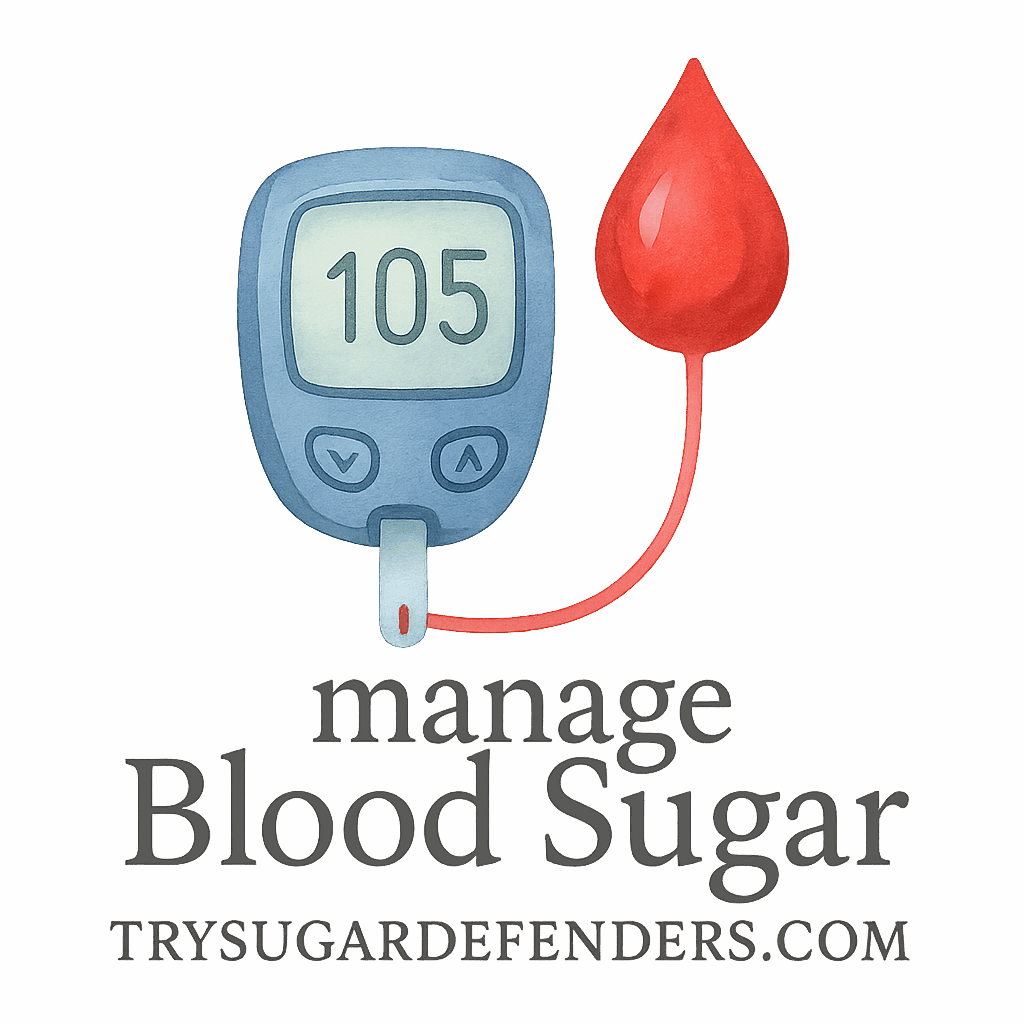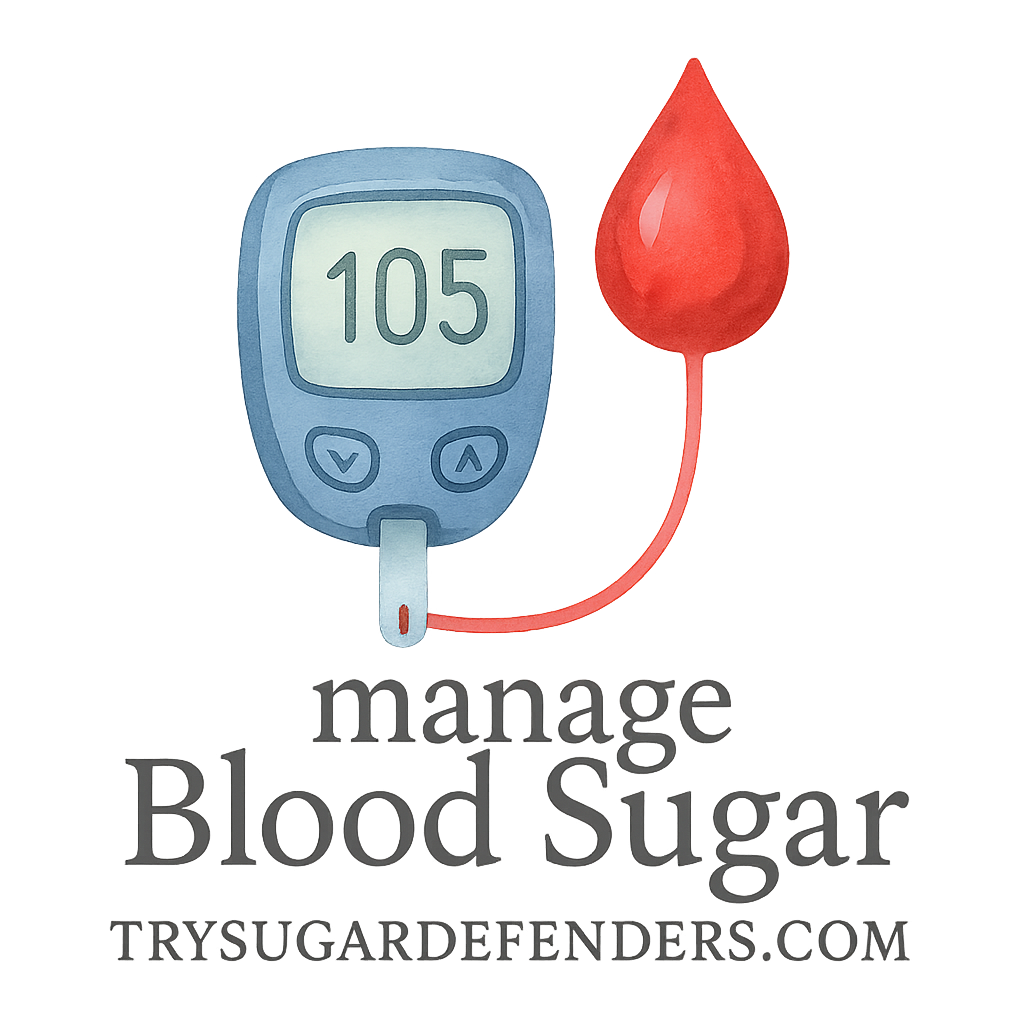Introduction
Ever feel like your blood sugar is on a rollercoaster ride? You’re not alone. More people are discovering that balancing blood sugar doesn’t just rely on diet or medication—it can start with something as simple as getting outside. Outdoor activities are more than a breath of fresh air; they’re a lifestyle shift that can supercharge your efforts to manage glucose levels naturally.
Why Blood Sugar Balance Matters
When your blood sugar is stable, your energy stays consistent, your mood levels out, and your long-term health gets a serious upgrade. But when it’s out of whack, well… that’s when trouble brews.
The Risks of Poor Blood Sugar Control
Chronically high or low blood sugar can lead to fatigue, irritability, weight gain, and serious conditions like type 2 diabetes and cardiovascular disease. If you’ve been struggling with those symptoms, outdoor activity might just be the missing piece.
How Lifestyle Influences Glucose Levels
Sure, your diet plays a huge role. But so do stress, sleep, exercise, and daily habits. Behavioral and mental strategies are essential for anyone trying to gain better blood sugar control.
What Are Outdoor Activities?
Outdoor activities are any physical or recreational actions done outside—think hiking, biking, walking the dog, gardening, or even playing frisbee in the park. The beauty is, there’s something for everyone.
Examples of Popular Outdoor Activities
- Walking or jogging
- Hiking nature trails
- Cycling
- Gardening
- Kayaking
- Group fitness in the park
- Beach volleyball
- Yoga in the yard
Whether you’re a weekend warrior or just looking for a reason to step out, these activities offer a ton of health perks.
How Outdoor Activities Help Control Blood Sugar
Let’s break down the science behind why the outdoors can be your blood sugar’s best friend.
Physical Movement Enhances Insulin Sensitivity
Every step you take signals your body to use insulin more effectively. When you move, your muscles demand more glucose, reducing the load in your bloodstream.
Sunshine and Vitamin D Regulation
Low vitamin D is linked with insulin resistance. Natural sunlight helps your body produce vitamin D, which plays a role in blood sugar management.
Reduced Cortisol from Nature Exposure
Stress spikes your cortisol levels—and cortisol raises blood sugar. Time in nature has been proven to reduce stress, supporting better glucose control.
9 Benefits of Outdoor Activities for Blood Sugar Balance
Now that you know the why, let’s dive into the how. Here are 9 specific ways outdoor fun can stabilize your blood sugar levels.
1. Boosts Insulin Sensitivity
Even a 30-minute brisk walk can make your cells more responsive to insulin. Better insulin sensitivity means less sugar floating around in your blood.
Explore more on how exercise and lifestyle changes influence glucose balance.
2. Encourages Consistent Movement
You’re more likely to stick with movement when it’s enjoyable. Outdoor activities add variety and fun to your fitness routine—no boring treadmills here.

3. Reduces Stress and Cortisol Levels
Being outdoors naturally lowers cortisol levels. Less cortisol = better blood sugar control. It’s as simple as watching the sunset or hearing birds chirp.
Learn more through our guide to mental strategies for balance.
4. Supports Healthy Sleep Patterns
Physical activity combined with sunlight helps reset your circadian rhythm, leading to better sleep. And yes, sleep plays a vital role in glucose metabolism.
5. Improves Cardiovascular Health
Strong hearts pump better, deliver nutrients efficiently, and help regulate glucose. Outdoor cardio like biking or swimming supports overall cardiovascular function.
Explore benefits that go beyond just blood sugar.
6. Enhances Mood and Mental Clarity
Outdoor activities release endorphins and reduce brain fog. Stable moods reduce the risk of stress-related binge eating, which can spike blood sugar.
Check out how CBT and mental fitness tie into this.
7. Aids Weight Management
Weight gain is a key factor in insulin resistance. Outdoor activities help shed excess fat and improve metabolism, making it easier to maintain a healthy weight.
Looking to create a balanced plan? Our diet and nutrition resources are a great place to start.
8. Promotes Healthy Eating Habits
Let’s be real—after a long hike, you’re more likely to crave water and fruit than soda and chips. Outdoor time encourages better food choices overall.
Check out the Mediterranean-focused options in our diet tag.
9. Encourages Social Interaction and Accountability
Going for walks with friends or joining outdoor fitness groups adds social motivation—and research shows people stick with routines when they have support.
Accountability is key. Use our goal-setting resources to keep yourself on track.
Tips to Make the Most of Outdoor Activities
Start Simple, Then Build a Routine
Begin with 10-minute walks. Over time, turn that into hikes, bike rides, or weekly park workouts. The key is consistency.
Combine Outdoor Fun with Tracking Tools
Use wearables or blood sugar monitors to track how outdoor activity impacts your levels. The feedback loop keeps motivation high.
Safety Considerations for Outdoor Exercise
Watch for Hypoglycemia and Stay Hydrated
If you’re on insulin or certain medications, be aware of low blood sugar risks during or after activity. Always carry a quick sugar source and drink plenty of water.
Choose Activities Suitable for Your Fitness Level
Not every activity fits every body. Ease into it. Your safety matters more than intensity. Consult with your doctor before making major changes.
Supplement Your Lifestyle with Tools and Plans
Pair with Diet, Monitoring, and Medical Advice
Outdoor activity is part of the bigger picture. Pair it with a tailored diet plan, monitoring tools, and medical supplements for best results.
Check our site’s guides for complete lifestyle support strategies.
Conclusion
Outdoor activities are more than just a good time—they’re a game changer when it comes to balancing your blood sugar. From improved insulin sensitivity to better sleep, weight control, and reduced stress, the benefits are impossible to ignore.
So grab your sneakers, find a local park, or just step out your front door. Your blood sugar—and your whole body—will thank you.
Ready to take control of your health? Dive deeper into smart strategies at trysugardefenders.com.
FAQs
1. What are the best outdoor activities for blood sugar balance?
Walking, biking, hiking, and gardening are top choices. Pick activities you enjoy to build consistency.
2. How often should I do outdoor activities?
Aim for at least 150 minutes of moderate outdoor activity weekly—break it up into manageable sessions.
3. Can outdoor exercise replace medication?
Not usually. Outdoor activity is complementary. Always consult with your doctor before adjusting medications.
4. What time of day is best for outdoor activity?
Morning or late afternoon—when temperatures are cooler and sunlight helps reset your biological clock.
5. How do I track my progress?
Use monitoring devices, journals, or apps to log your activity and blood sugar levels.
6. What if I live in a city with little nature access?
Urban parks, rooftop gardens, or even walking around your block count—get creative!
7. Can I still benefit if I’m not very active?
Absolutely. Start slow, and every little bit helps. Even 10-minute walks improve insulin sensitivity over time.


